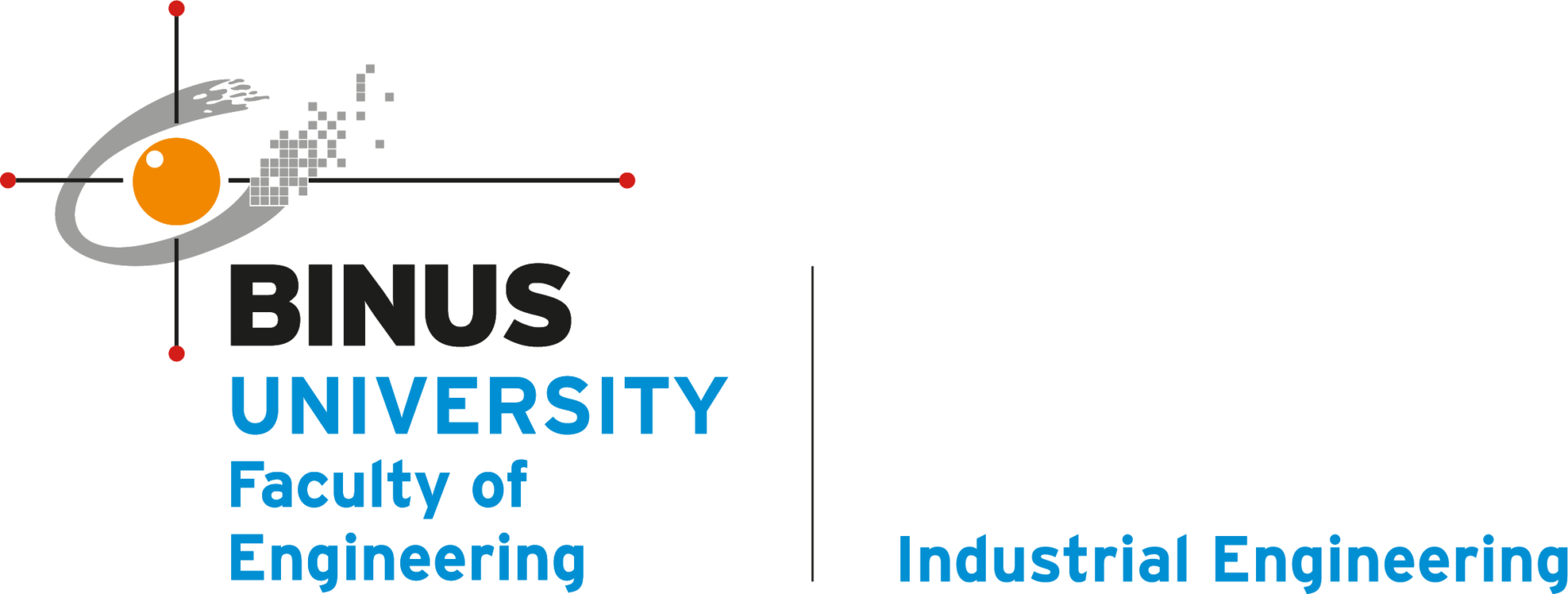Supply Chain Optimization
(Source: Order.co)
Supply Chain Optimization
By Bayu Pamungkas
Supply chain optimization includes any actions a manufacturer undertakes to enhance the efficiency and cost-effectiveness of its supply chain—for instance, minimizing material waste, gaining improved understanding of regulatory risks, creating contingency plans for unforeseen parts sourcing challenges, and increasing the speed and accuracy of product delivery. Fundamentally, the objective of supply chain optimization is to maximize profits while minimizing expenses.
Companies that are proficient in enhancing their supply chains consistently track their performance through key performance indicators (KPIs), including the fulfillment of orders on time, rates of product returns, and perfect order metrics. They make necessary adjustments or complete overhauls to elements that drive up costs unnecessarily or hinder production and delivery. For instance, certain manufacturers implement transportation management software to gain better visibility into their product shipments, thereby reducing shipping durations and boosting customer satisfaction. Other manufacturers utilize AI to identify irregularities stemming from human mistakes or equipment failures and refine their processes according to the insights gained from this feedback (Oracle, 2023).
Establishing highly efficient supply chain operations helps companies improve outcomes in several ways:
- Reducing information silos: Supply chain management functions as part of a broader organizational ecosystem rather than in isolation. Fragmented information makes supply chain management less efficient and more susceptible to problems. In contrast, a well-designed supply chain process allows all participants to access the necessary information to perform their duties effectively.
- Enabling accurate planning: Successful supply chain planning depends on a company’s capacity to envision the future. By establishing a clear and transparent process and highlighting all pertinent data, supply chain teams can make improved decisions. They can implement more accurate budgets, forecasts, demand planning, production schedules, and capacity plans.
- Speeding response time: Visibility and strategic planning enhance the overall flexibility of production and distribution. When processes within the supply chain are fine-tuned, teams can quickly address unexpected challenges and apply solutions effectively.
- Reducing risk: Numerous methods in advanced supply chain optimization help to lower or remove business risks like delivery problems, production setbacks, supply chain interruptions, and data security breaches. Since efficient supply chain optimization develops a strategy for assessing vendors, conducting due diligence, and monitoring, the frequency of significant risk issues diminishes (Order.co, 2024).
How to optimize your supply chain:
- Integrate systems and data: A significant aspect of optimizing the supply chain relies on connectivity. Combining systems into a centralized platform that consolidates data offers comprehensive visibility and clarity to support decision-making, recognize and address bottlenecks, and improve collaboration among various departments.
- Automate and optimize processes: Interconnected systems and data create an ideal basis for process automation, which can enhance efficiencies throughout the organization, encompassing procurement, production, inventory management, and logistics.
- Utilize data: If you’re gathering data, it’s important to use it to enhance your operations. You can analyze your data with advanced technologies like AI and machine learning to anticipate trends and demands. Data can assist in your demand forecasting, helping you avoid overproduction or shortages. Additionally, leveraging real-time data can enhance visibility and enable you to make informed decisions on a daily basis.
- Improve transportation and logistics: Explore options for enhancing your shipping and logistics to improve the delivery aspect of your supply chain. This might involve utilizing technology to plan and optimize shipping routes, thereby minimizing delivery times and fuel expenses. Alternatively, consider building partnerships with various third-party logistics providers who can boost your efficiency.
Enable agility and responsiveness: Create adaptable systems capable of responding to unexpected market shifts that could affect your production. Integrate technologies that enable you to be as nimble as possible, including intelligent manufacturing methods and agile forecasting and planning that utilize machine learning based on data trends (Bizagi, 2024).
References:
- Oracle. (2023). What Is Supply Chain Optimization?. Retrieved from https://www.oracle.com/id/scm/supply-chain-optimization/
- Order.co. (2024). The Ultimate Guide to Supply Chain Optimization. Retrieved from https://www.order.co/blog/procurement/supply-chain-optimization/
- Bizagi. (2024). What is Supply Chain Optimization? Retrieved from https://www.bizagi.com/en/blog/supply-chain-optimization



Comments :